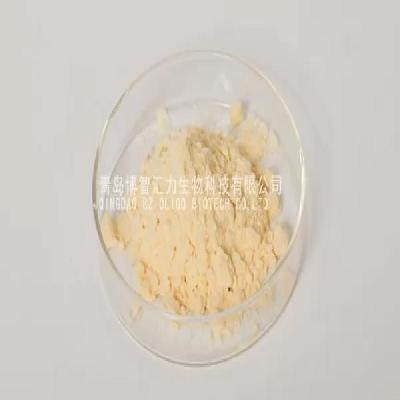-
Categories
-
Pharmaceutical Intermediates
-
Active Pharmaceutical Ingredients
-
Food Additives
- Industrial Coatings
- Agrochemicals
- Dyes and Pigments
- Surfactant
- Flavors and Fragrances
- Chemical Reagents
- Catalyst and Auxiliary
- Natural Products
- Inorganic Chemistry
-
Organic Chemistry
-
Biochemical Engineering
- Analytical Chemistry
-
Cosmetic Ingredient
- Water Treatment Chemical
-
Pharmaceutical Intermediates
Promotion
ECHEMI Mall
Wholesale
Weekly Price
Exhibition
News
-
Trade Service
Although Germany was once the leader in photovoltaic installations in Europe and even the world, since the sharp reduction of Germany's photovoltaic feed-in tariff subsidies in 2009, there has inevitably been negative sentiment
in the market.
The data shows that the German photovoltaic market has continued to be sluggish this year, with only 81.
628MW of photovoltaic installed capacity in July, including 4999 small systems and three utility-scale photovoltaic power plants
.
The 4,999 small systems share 74.
302MW of installed capacity, with an average capacity of about 14.
86kW per PV plant, which is smaller; the other three PV plants are smaller at 3.
758MW, 3.
362MW and 206kW respectively
.
Although Germany has said that the 2016 photovoltaic feed-in tariff (FIT, Feed-in-tariffs) subsidy will not change, depending on the size and shape, the current subsidy price is between
0.
085 euros/kWh and 0.
1231/kWh.
But German installations are still relatively low for reasons such as concerns about future subsidies: the German government has said that it will publish the new German renewable energy law EEG
in 2017.
However, before that, Germany will first revise
the renewable energy tender.
The German government has said that in 2016 it will focus on discussions
on amendments to the renewable energy tender process.
Between April 2015 and April 2016, Germany conducted four rounds of large-scale tenders, with 122 projects worth 650MW
successfully tendered throughout the bidding process.
According to the Federal Network Agency, only 17 projects totaling 104MW were successfully installed by mid-August
.
Although Germany was once the leader in photovoltaic installations in Europe and even the world, since the sharp reduction of Germany's photovoltaic feed-in tariff subsidies in 2009, there has inevitably been negative sentiment
in the market.
The data shows that the German photovoltaic market has continued to be sluggish this year, with only 81.
628MW of photovoltaic installed capacity in July, including 4999 small systems and three utility-scale photovoltaic power plants
.
The 4,999 small systems share 74.
302MW of installed capacity, with an average capacity of about 14.
86kW per PV plant, which is smaller; the other three PV plants are smaller at 3.
758MW, 3.
362MW and 206kW respectively
.
Although Germany has said that the 2016 photovoltaic feed-in tariff (FIT, Feed-in-tariffs) subsidy will not change, depending on the size and shape, the current subsidy price is between
0.
085 euros/kWh and 0.
1231/kWh.
But German installations are still relatively low for reasons such as concerns about future subsidies: the German government has said that it will publish the new German renewable energy law EEG
in 2017.
However, before that, Germany will first revise
the renewable energy tender.
The German government has said that in 2016 it will focus on discussions
on amendments to the renewable energy tender process.
Between April 2015 and April 2016, Germany conducted four rounds of large-scale tenders, with 122 projects worth 650MW
successfully tendered throughout the bidding process.
According to the Federal Network Agency, only 17 projects totaling 104MW were successfully installed by mid-August
.







